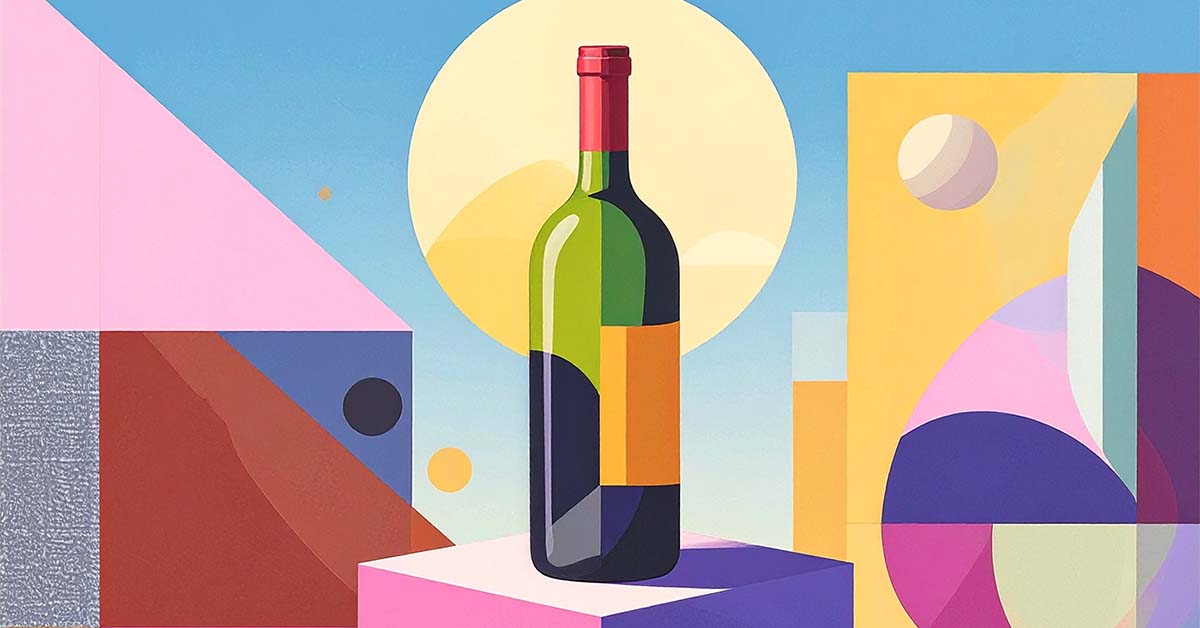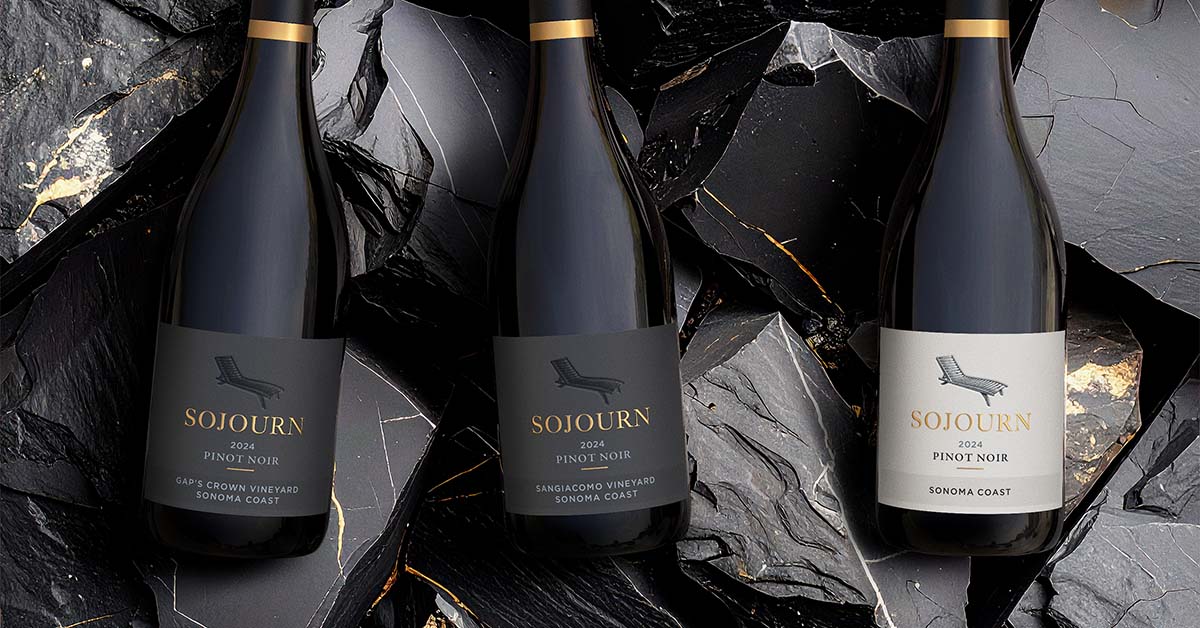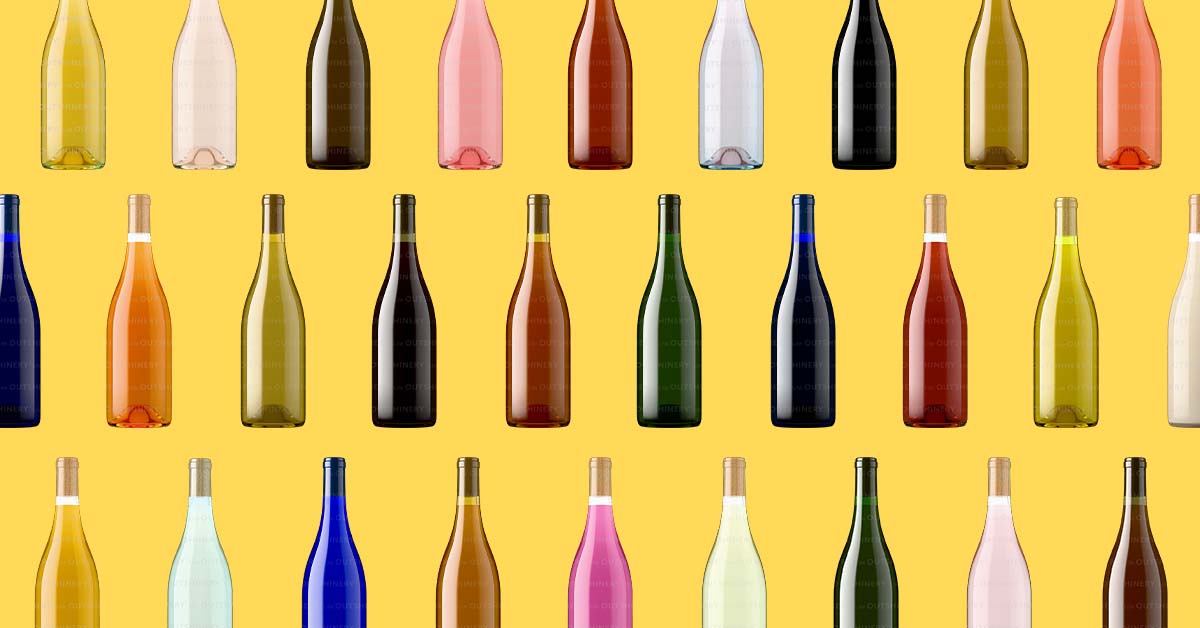Crafting aesthetic whiskey identities: ideas to enhance your brand and packaging appeal
Unlocking branding strategies for market differentiation and sales maximization amidst competition

In the dynamic world of spirits, whiskey stands out as a drink with deep-rooted traditions yet is fully engaged in the present’s vibrant culture. For brands within this sector, the essence of whiskey’s branding and packaging encompasses more than just aesthetics; it’s a narrative of heritage, craftsmanship, and the continuous quest for innovation.
Aesthetics play a crucial role in enhancing the overall drinking experience, from the design and sophistication of the bottle to the concentration of aromas and the modern touches in presentation. Here’s how whiskey brands are navigating the complex landscape of consumer preferences, technological advances, and environmental considerations.
Summary
- Capitalizing on tradition and innovation: Successful whiskey brands masterfully blend the essence of their time-honored traditions with the allure of innovation, creating a unique narrative that inspires both connoisseurs and new enthusiasts.
- Strategic branding and packaging differentiation: In a crowded marketplace, standout brands employ distinctive packaging and branding strategies, ensuring their products not only capture attention but also tell a compelling story.
- Leveraging technological advancements: Forward-thinking whisky brands adopt cutting-edge technologies, like 3D renderings from Outshinery, to showcase their products, offering a virtual taste of their product's quality and character.
- Understanding and adapting to consumer preferences: Successful whiskey brands remain agile, continuously evolving to meet the changing tastes and values of their audience, from sustainability practices to flavor innovations.
- Maximizing market impact: By executing these strategies, whiskey brands can distinguish themselves, enhancing their appeal and driving sales in a competitive market landscape.
Looking at the whiskey category in 2024 and beyond
The whiskey category (which includes bourbon, rye, and scotch) is undergoing significant growth and diversification both in theUand around the globe. Projected to reach $85 billion in sales over the next five years, the industry aims to attract a younger, more diverse audience by focusing on product innovation and inclusive packaging strategies, both in the Unternationally.
Brands like 'Early Times' play a crucial role in the historical legacy and cultural implications of Bourbon consumption, illustrating the distinct consumer identities and societal constructs of masculinity, class, and regional culture.

Whiskey competitive landscape in the U.S.
In the U.S., whiskey has surpassed vodka to become the most popular spirit for on-premise consumption, with a particular emphasis on American, Canadian, and Irish whiskeys. The U.S. market is a key driver behind the industry’s success, contributing to its estimated value of $66.5 billion in 2022.

American consumers are showing a strong preference for whiskey, leading to an expansion in the variety of whiskey styles. This includes innovative products using non-traditional grains like rice and sorghum, innovative cask finishes, along with the continued popularity of traditional ingredients. Brands like Maker's Mark project distinct consumer identities, highlighting class, masculinity, and cultural significance, which play a crucial role in the competitive landscape.
Whiskey global market dynamics
Globally, Scotch whiskey remains the leader, outperforming American, Irish, and Japanese whiskeys combined. The global whiskey market is becoming more diverse, with countries like India, Japan, and Australia emerging as major contributors. Indian whiskey brands are leading global sales, while Japanese whiskey is carving out a significant niche in the U.S. market and beyond.

The industry is also witnessing growth from new regions such as Scandinavia and the Asia Pacific, with innovations in flavored whiskeys, premium bottlings, and diverse barrel conditioning finishes catering to a growing demand for variety.
The emerging trends in small batch whiskey and bourbon offering
The evolution of this liquor category
The whiskey and bourbon industry is undergoing a dynamic transformation, marked by several emerging trends that cater to evolving consumer preferences and demands. Single barrel selections and small batches are gaining traction, allowing clubs, influencers, and retail stores to offer unique whiskey experiences through personalized bottlings. The importance of whiskey glasses in enhancing the drinking experience cannot be overstated, as the design, materials, and shape of the glass can significantly impact the enjoyment of whiskey neat, on the rocks, or in cocktails.
Additionally, the American single malt category is expanding, with over 100 distilleries producing diverse expressions that highlight innovative flavors and distillation techniques. Distilleries are also experimenting with novel cask and aging methods, using different types of wood, cask sizes, and char levels to introduce distinctive interpretations of classic whiskey styles. Serving whiskey with ice or whiskey stones has become a popular trend, as it not only chills the drink but also aerates it, enhancing the overall flavor profile.
This era has also welcomed an array of celebrity-owned brands and limited edition releases, further enriching the market with exclusive offerings.

The whiskey renaissance: ideas and future trends
On the consumer front, there's a growing appetite for premium, high-quality whiskeys that promise a sensory journey through unique taste profiles and rich histories. This shift towards premiumization is accompanied by a broader spectrum of whiskey flavors, thanks to distilleries exploring various grains, mash bills, and maturation processes.
Whiskey bottle sizes are undergoing a transformation. While 700mL and 750mL remain the predominant choices, distilleries are venturing into smaller formats, such as 500mL. This move allows for a higher price point per liter and helps products stand out on store shelves.
Another strategy involves providing tasting sets featuring miniature bottles, usually 50mL each, enabling customers to sample various types of whiskey in a single purchase. Ideal for connoisseurs or as gifts, these "mixed whiskey packs" offer an excellent method to showcase innovative varieties while reducing the risk for buyers.
The trend toward diverse packaging sizes and formats, already evident in the wine industry with innovations like wine in cans and bag-in-box, is set to revolutionize the liquor category further.

Whiskey tourism is on the rise, with enthusiasts keen on exploring the cultural and historical facets of whiskey production through distillery visits and tasting experiences. Moreover, whiskey is making a splash in the culinary world and cocktails, with innovative recipes and mixes broadening its appeal.
The concept of whiskey as a viable investment is also gaining ground, with collectors and investors eyeing rare editions for potential appreciation. These trends collectively showcase the industry's vibrant evolution, promising exciting developments for whiskey aficionados worldwide.
Inspiration and key tips for enhancing the whiskey drinking experience through branding and packaging
Unique label design
Creating an eye-catching and distinctive label design that stands out on the shelf can help differentiate a brand and impress consumers.
Typography selection, color choices, and label decoration, often referred to as print finishes, are integral components in the design process, playing a crucial role in conveying a brand’s personality. These elements not only contribute to the aesthetic appeal of a product but also significantly impact its ability to attract consumer attention in a crowded marketplace. By carefully selecting each aspect of the design, brands can create a memorable identity that resonates with their target audience, fostering recognition and loyalty.

Innovative packaging formats and sizes
Innovating with unique packaging designs, including distinctive bottle shapes, embossed details, foiling, or interactive features, can forge a memorable and captivating consumer experience, distinguishing the brand from its competition.
At times, the innovation lies in the choice of bottle size. Selecting a volume different from the industry standard not only ensures the brand stands out but also allows for a premium pricing strategy that remains accessible to consumers.

Quality materials
Selecting premium materials for packaging, including specialty papers, films, and distinctive textures, elevates the product's perceived value, imbuing it with an aura of luxury and sophistication that resonates with consumers. Utilizing superior quality materials such as glass bottles, premium labels, and bespoke closures not only enhances the product's aesthetic appeal but also safeguards the whiskey against external factors that might compromise its flavor.

Attention to detail
Carefully deliberating over design elements such as embossing, which adds a tactile dimension; foiling, for a touch of elegance; texture, to engage the sense of touch; finishing techniques for a polished look; and including crucial information like the whiskey’s age, Alcohol By Volume (ABV), and detailed tasting notes, plays a pivotal role in crafting a cohesive and visually stunning final product.
This meticulous attention to detail not only enhances the aesthetic appeal but also provides connoisseurs with essential insights into the whiskey’s quality and character. Additionally, attention to detail in packaging significantly enhances the overall drinks experience, making the visual appeal an integral part of whiskey appreciation.

Storytelling and heritage
Packaging ought to convey the brand's legacy, the whiskey's origins, and the artistry behind its creation. This can be achieved through meticulously designed labels, notes on the heritage, and exclusive limited editions, all aimed at forging a personal bond with consumers.
By leveraging packaging as a medium to narrate the brand's story, heritage, and craftsmanship, brands can foster a deeper connection with their audience. Incorporating design elements that mirror the brand's history and values not only distinguishes the brand but also resonates more profoundly with consumers.

Maximizing the utility of whiskey boxes
Whiskey packaging, whether in the form of boxes, tubes, or canisters, transcends its basic function of mere containment. Its design is meticulously planned to protect the whiskey from harmful light, temperature fluctuations, and physical damage. However, these packages do more than safeguard; they enhance the aesthetic appeal, bolster marketing endeavors, and convey the essence and identity of the brand.
For travelers, these whiskey containers offer an extra measure of protection, ensuring the bottles remain intact. They also serve as ideal gifts. Storing an unopened bottle in its original packaging insulates it, reduces light exposure, and keeps the cork's seal intact, preserving the whiskey's integrity.
The design and structure of whiskey packaging are instrumental in shaping consumer perceptions, delivering the brand's message, and highlighting the whiskey's quality and sophistication. Thus, whiskey packaging is not merely a container; it plays an integral role in enriching the whiskey-tasting experience and its presentation, elevating it to an art form.

Conclusion on the future of whiskey branding and packaging
In summary, effective whiskey branding and packaging captivate consumers by engaging their senses, telling a compelling story, and presenting the product beautifully. Brands that invest in unique labels, innovative packaging, and quality materials create standout offerings that outshine competitors. However, it's the attention to detail and the infusion of story and heritage into the packaging that builds a strong connection with enthusiasts, turning occasional buyers into loyal fans. The right mix of aesthetic appeal, functionality, and practicality not only ensures visibility on the shelf but also drives consumer preference and brand longevity.
The future of whiskey branding and packaging is bright, offering endless opportunities for creativity and connection, enhancing the whiskey-tasting experience, and captivating consumers worldwide. And ultimately, your whiskey's presentation should reflect its depth, complexity, and charm, just like the amber elixir inside!
Frequently Asked Questions (FAQ)
What distinguishes a premium whiskey?
Premium whiskey is defined not only by the finesse of its ingredients and the meticulousness of its distillation process but also by its aging story and the distinct flavors this journey imbues. Brands that leverage unique aging techniques, exceptional blends, and authentic craftsmanship are often considered premium, offering consumers an unparalleled sipping experience.

How are whiskey brands enhancing their sustainability?
By adopting eco-conscious practices like sustainable harvesting of ingredients, implementing renewable energy sources, utilizing eco-friendly packaging, and streamlining logistics to reduce carbon emissions, whiskey brands are ensuring their operations contribute positively to the environment. This commitment to sustainability resonates with consumers who prioritize environmental responsibility in their purchase decisions.
Is whiskey suitable for a health-conscious lifestyle?
Modern whiskey brands are addressing health-conscious consumers by offering options with reduced impurities and adhering to strict gluten-free and vegan production standards. While moderation is key, informed choices can help incorporate whiskey into a balanced lifestyle.
Whiskey also plays a significant role in the cultural and personal identity of many individuals, symbolizing aspects of life such as southern masculinity, cultural heritage, and historical connections.
How do interactive packaging elements engage whiskey consumers?
Incorporating interactive features such as QR codes and augmented reality into whiskey packaging invites consumers to explore the brand's heritage, discover cocktail recipes, and engage with the whiskey community. This innovative use of technology enriches the consumer's experience, fostering a deeper brand connection.
Why are experimentation and unique flavor crucial in whiskey branding?
By pushing the boundaries of traditional whiskey making and introducing innovative flavors and aging techniques, brands are stirring the curiosity of a diverse audience. This approach caters to the adventurer within every whiskey lover, compelling them to explore new tastes and redefine their whiskey experiences.
Tips for photographing whiskey to highlight its unique qualities
Capturing the essence and allure of whiskey through photography is an art and science that requires attention to detail, lighting, and composition. Utilizing professional services like Outshinery can be a game-changer, offering digitally rendered images that showcase the whiskey in the most visually appealing manner. This technology-driven solution ensures your whiskey is presented in its best light, appealing to consumers' discerning eyes.










































